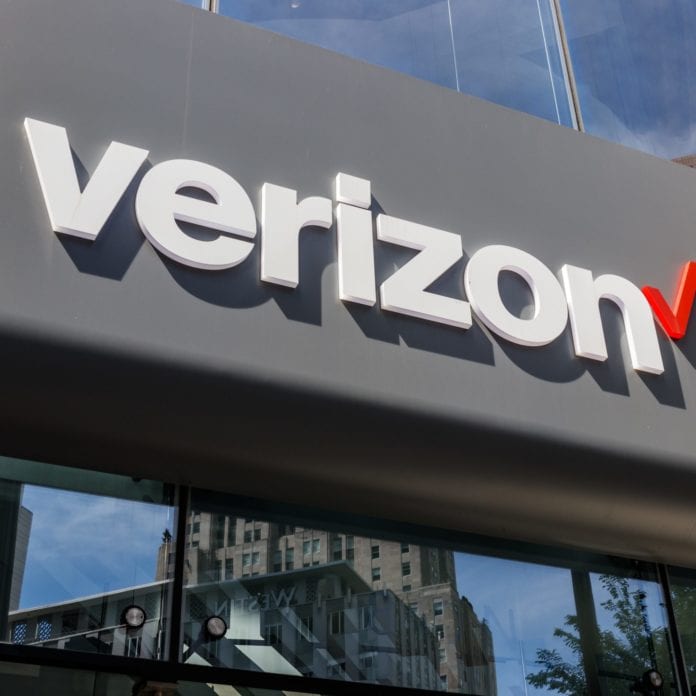Verizon’s results from the first quarter of the year reflected moderating revenues and wireless customer losses related to its 3G network shutdown, with its broadband performance a bright spot and overall net income up compared to the same period last year.
Chairman and CEO Hans Vestberg said that the company continues to take steps to improve its performance and emphasized that postpaid phone gross additions and increased cash flow were both better than Verizon’s performance at this time in 2022.
On the quarterly call with investors, Vestberg said that the company delivered a “solid” first quarter and “[continues] to execute on our plan to grow the business across mobility, broadband and private networks. We’re making steady progress, and expect to keep up the momentum going forward.”
Here are six key takeaways from Verizon’s results from the first quarter of 2023.
–Wireless customer numbers saw impacts from the 3G shutdown. Verizon said that it lost about 1.1 million retail connections as a result of the shutdown, with a corresponding loss of revenue. Retail postpaid phone net additions were 633,000, but postpaid phones returned a net loss of 127,000. In prepaid, Verizon saw 351,000 wireless retail prepaid net losses. Gross adds were up 5.3% year-over-year. “The company is taking steps to generate long term value, including strengthening its brands, evolving its go-to-market strategy and migrating off-network subscribers onto the Verizon network,” Verizon said in its quarterly results release. “In the short term, these actions are having a negative impact on prepaid net additions.” Vestberg said on the call that the carrier remains “committed to our strategy not to compete on who can discount the most, but rather who can offer the most value to customers the best overall experience and the best customer satisfaction.”
–Total wireless service revenue was $18.9 billion, a 3% increase year over year. This is a lower rate of growth than Verizon has seen in the previous several quarters but was impacted by the 3G shutdown-related losses. For the full year of 2023, Verizon expects total wireless service revenue growth of 2.5%-4.5%. Business wireless service revenue was up 5.3% year-over-year, but overall, Verizon’s Business segment saw a 2.8% decrease in segment revenues due to weakness in wireline and wireless equipment revenues. Total Verizon Consumer revenues were $24.9 billion, down 1.7% due mostly to declines in wireless equipment revenue that more than offset gains in service revenues, the company said.
–Profits. Net income of $5.0 billion, an increase of 6.5% compared to first-quarter 2022.
–Broadband customer growth. Verizon said it saw its highest broadband net additions in more than 10 years: 437,000 total net adds for Q1, including 67,000 net adds from FiOS (the latter up 12% year-over-year). Vestberg said that the company’s Fixed Wireless Access offering “continues to scale and contribute increasingly to our revenue performance” and that “business customers are increasingly turning to fixed wireless access as the primary source of broadband connectivity, won over by the reliability and the overall value of the product.” Its Business segment saw 137,000 FWA net adds in the quarter, with 256,000 more FWA net adds coming from the Consumer segment.
–C-Band continues to be a focus, but most of the spending is behind the company and sales execution comes to the fore. Verizon’s first-quarter capital expenditures were $6 billion, and company executives said that included “most” of the remaining $1.75 billion that it plans to spend on C-Band deployment. In the majority of markets, Verizon has deployed 60 megahertz of those midband airwaves, and once it receives access to the second tranche of C-Band spectrum at the end of this year, Vestberg said that it will be able to deploy an average of 160 megahertz and in some places, as much as 200 megahertz. “Where we offer C-band, we see significant benefits in fixed wireless access consumer phone gross adds and retention, as well as premium take rates,” he told investors, adding, “We also see 4G customers benefiting as we offload traffic in some markets to our 5G Ultra Wideband network. The performance improvements will continue as 5G penetration expands market-by-market.”
–Verizon is targeting cost-cutting with assistance from AI. New CFO Tony Skiadas said that the company plans to reduce its costs by $2-$3 billion by 2025, and that investors should start to see that begin to play out in the second half of this year, with more significant impacts in 2024. Vestberg said on the call: “We’re looking into numerous areas across the business that will help drive bottom line growth including IT platform transformations, building advanced AI models for … better diagnostic and predictive insights, optimizing our real estate footprint and managing our supply chain efficiently” as well as recent reductions in the company’s headcount.

